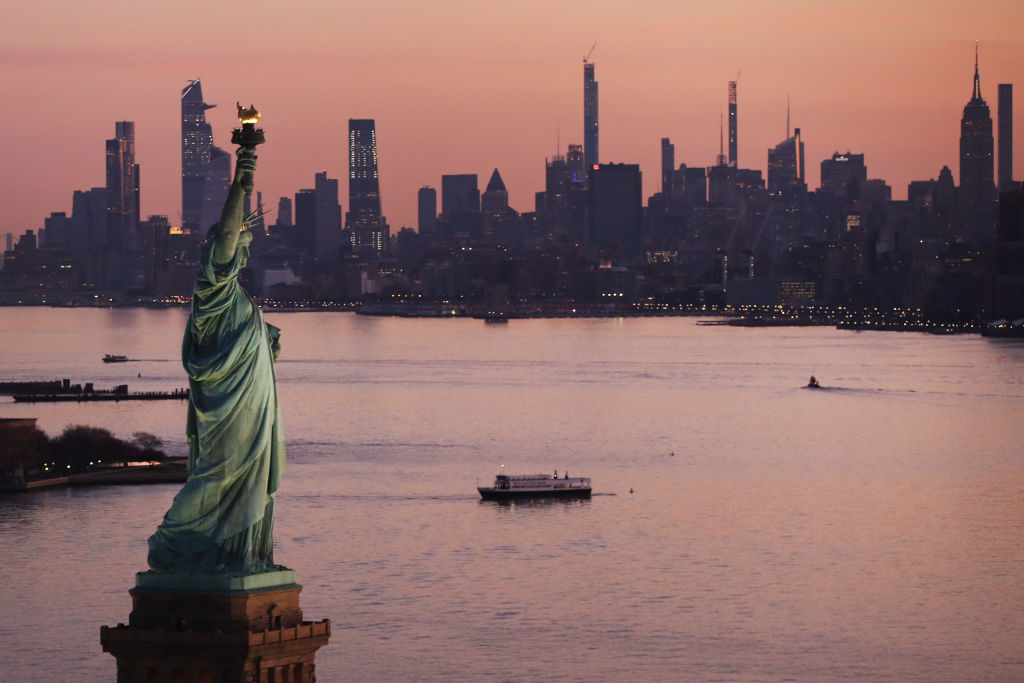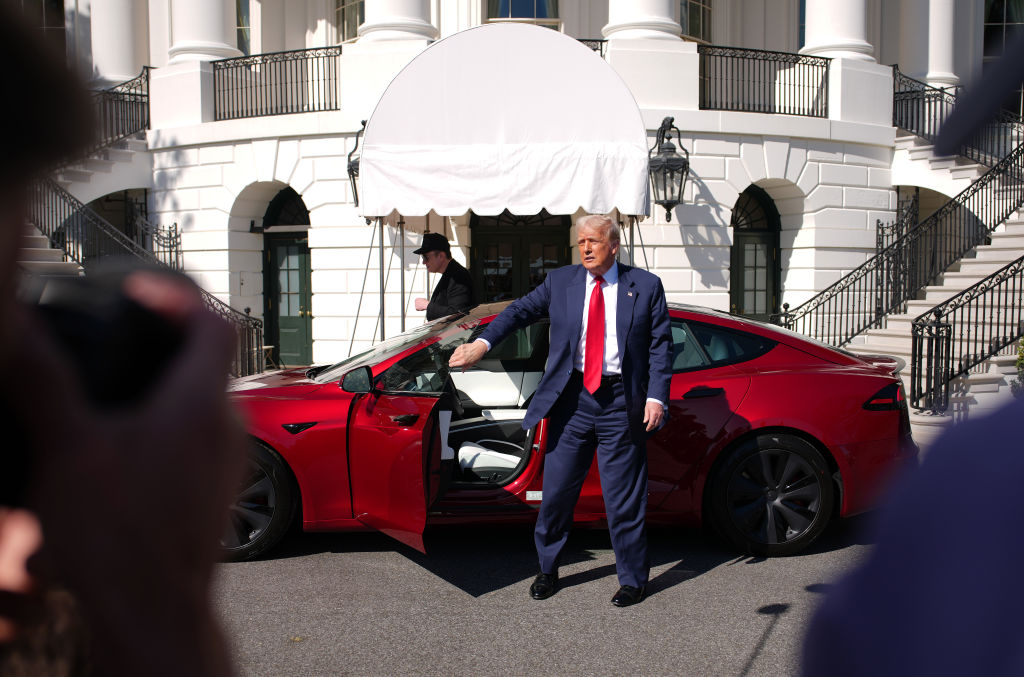Barely three years after the death of George Floyd, it appears the era of the corporate DEI officer is rapidly coming to an end. Or at least experiencing a major contraction.
Across American business, the number of Diversity, Equity and Inclusion roles grew by 55 percent following the protests of summer 2020, reported the Society of Human Resource Management. At the start of 2022, the entire DEI “industry” was worth an estimated $9.4 billion. In 2023, it’s a very different story. According to the workplace trends consultancy Revelio Labs, DEI jobs shrank by one-third last year.
The key problem with the DEI industrial complex is not the idea that American workplaces should be more representative of America — but the means often used to achieve those ends. DEI implementation is aggressive and heavy-handed. Hectoring and lectures are its default setting. Self-appointed identity experts demand white people — or straight people, or men — prostrate themselves before their alleged victims.
Even though nearly every Fortune 500 company employs some form of diversity training, study after study has revealed that it rarely works. Workplaces fail to become more harmonious or more diverse. Colleagues retreat from one another in silence out of fear of being canceled or canned.
Much of this has to do with the supposed goals of DEI work — most crucially, the E, or “equity.” Because rather than truly strive for equity — or even egalitarianism — DEI efforts are almost entirely focused on helping folks become members of the elite. And elitism is the real enemy of equality.
Need proof? Look no further than the recent Supreme Court ruling ending affirmative action. Conventional wisdom dictates that outrage is the only acceptable reaction to the decision, which outlawed race-based admissions at the nation’s “elite” colleges and universities. From the White House on down, progressive voices decried the end of African-American access to quality higher education.
But the case was actually far more limited in scope, focusing on just 200 “elite” universities and colleges, considered by many the best in the nation — out of nearly 4,000 colleges and universities nationwide (full disclosure, I graduated from two of those “elite” institutions). Which says far more about America’s obsession with elitism than any real effort to level the playing field for quality higher education. Because as we glorify the Harvards and Stanfords of the world, we overlook the Howards and SUNYs and CUNYs in the process.
And it’s not just public or historically black colleges that are given short shrift by America’s obsession with elitism. Thousands of perfectly decent — yet “lower ranked” — schools turning out perfectly decent graduates end up deemed unworthy of cultural credibility simply because they do not cater to the elite.
The truth is that much like America’s shiniest corporations, the nation’s shiniest schools are not necessarily the best vehicles for ending inequality. Indeed, according to the National Science Foundation, black students seeking STEM degrees — and lucrative STEM careers — are actually far more likely to receive them if attending (like my own grandparents) a historically black college or university. Indeed, although a mere 8.5 percent of black undergraduates attend HBCUs, the schools award some 18 percent of all black STEM degrees.
STEM careers, it appears, are far less contingent on where young people study than on what they study. “Elite” institutions like those highlighted by the Supreme Court actually turn out far fewer minority graduates armed with the skills to make what they need most – a decent salary — which only penal- izes those they’re intended to help most. Parity — not equity — should be the real goal of any DEI efforts, but the insistence on joining the elite is, perhaps, the most serious obsta- cle to this effort.
This same sense of elitist folly helps explain the implosion of corporate DEI initiatives — particularly at America’s most “elite” employers. A recent piece from Zach Seward, who co-founded the business-tech website Quartz, made clear that the most effective vehicle employed to diversify their newsroom was the radical expansion of recruitment efforts.
Actively seeking talent from beyond Manhattan’s myopic thought-bubbles, Seward says, “increased the staff’s geographic diversity… socioeconomic diversity and diversity of perspective. A less obvious result, but just as striking, was the increase in applications from black and Hispanic candidates.” In other words, Quartz achieved many of its affirmative action goals precisely because it looked beyond the elite. Others should take note.
Corporate diversity strategies clearly have a place for as long as America’s offices fail to reflect America. But mandating diversity — much like mandating morality — is almost certain to fail. Such efforts almost inevitably privilege the most dominant cultural canons, and today, at least, the most dominant of them all is elitism.
Back when I worked at Condé Nast — perhaps America’s most intentionally elite corporation — I was struck by an image from an internal email highlighting the presence of its new chief diversity officer front and center next to Anna Wintour at a European fashion show. It was the perfect encapsulation of an elitist vision of inclusivity.
The power dynamics at play only reminded me of Émile Zola’s “Rentafoil.” In the story, the canny yet craven entrepreneur Durandeau concocts a business “renting” out essentially unattractive women to accompany their more attractive counterparts as foils to elevate the latter’s social and aesthetic standing.
The unattractive girls may appear to benefit somewhat by association, but the story is actually all about the pretty ones, much like the fashion show. This is how DEI also works; the elite pose as benevolent while expanding access to their elitism. And much as in Zola’s satire, the effort — as suggested by all those DEI-industry layoffs — will almost always fall victim to its insincerity.
This article was originally published in The Spectator’s September 2023 World edition.

























